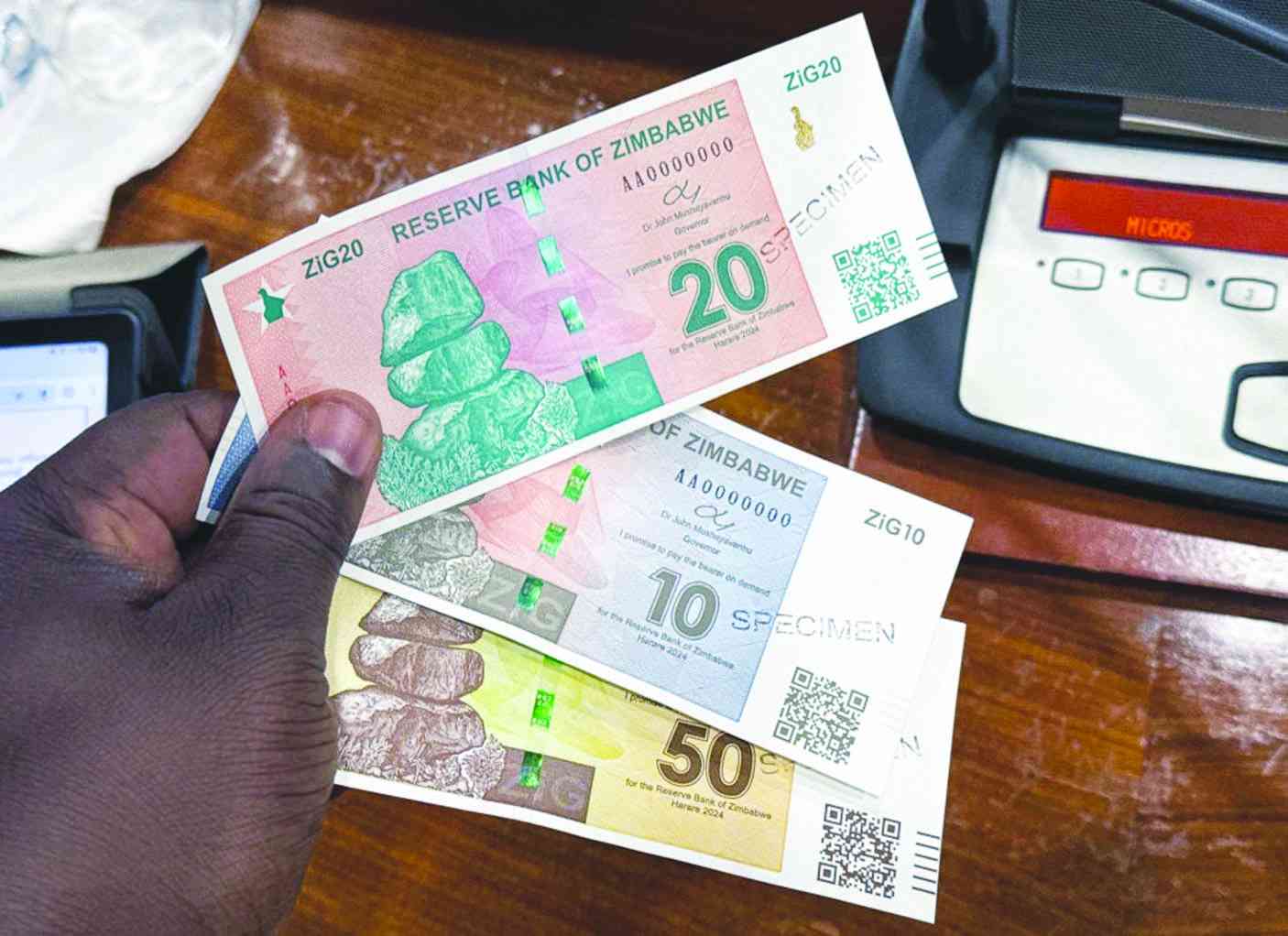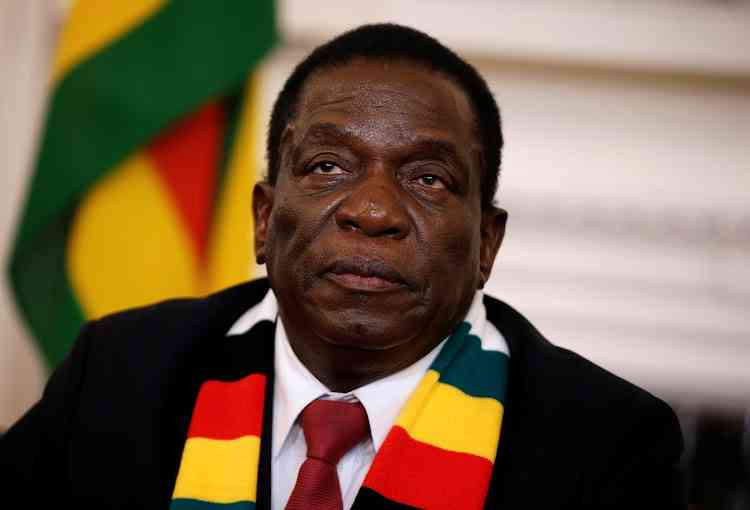
LEADING research firms sounded the alarm this week as the exchange premium for the Zimbabwe Gold (ZiG) currency ballooned to levels reminiscent of those witnessed before the collapse of the Zimbabwe dollar.
This has sparked growing concerns that the local unit may face a similar fate.
Since its introduction in April, the ZiG has been depreciating, with its value sliding from an initial rate of ZiG13,56 to ZiG13,95 per US dollar as of Tuesday.
On the parallel market, however, the currency’s value has nosedived further, trading between ZiG16 and ZiG26 per US dollar.
“The market imbalances observed in the parallel market suggest that reserves may not be at the purported levels,” research firm Equity Axis said in its latest report.
“Such disparities highlight a heavily regulated exchange rate market, which ultimately risks suffering a painful collapse. ZiG will fail without market confidence, a floating exchange rate, and adherence to economic principles such as supply and demand.
“Imprisoning dissenters will not foster the necessary confidence on its own. The expanding exchange premium for the ZiG is reaching levels reminiscent of the collapse of the Zimbabwe dollar.
“Establishing a transparent and independent system for verifying gold reserves is crucial. This will also aid the government in living within its means."
- So, is it a currency?
- Navigating Zim’s new monetary frontier: A profound analysis and real estate implications
- New RBZ boss talks tough
- Letter to my People: Exit Panonetsa, enter John II and the ZiGy Zag band
Keep Reading
In contrast, Fincent Securities offered a more cautious outlook, suggesting that the ZiG still had potential if adequately supported by government policies.
“It is definitely not doom and gloom but there are red flags that might pose challenges and undermine it (ZiG) just like the Zimbabwean dollar,” it said in its half year report.
“These challenges include failure to be convertible, failure to convince participants to demand and use it and the differences in exchange rate.”
Equity Axis likened the performance of the ZiG to that of the ill-fated Bond Notes.
It said both currencies have struggled to address critical issues such as purchasing fuel, paying for rentals, and passports.
This has diminished demand for the local currency, while increasing demand for the greenback.
“The inability of the ZiG to serve as a medium of exchange for these essential services has widened the confidence deficit in the currency,” Equity Axis said.
The government has responded by taking a hardline stance against illegal forex traders, imposing harsh penalties, including imprisonment.
However, Equity Axis believes these measures are insufficient, arguing that the growth of the parallel market reflects the increasing demand for US dollars to meet the needs that the local currency cannot address.
“Thus, government crackdowns may be akin to merely putting a bandage on a more severe issue,” the firm said.
“To stabilise the ZiG, the government needs to build gold reserves, manage the money supply, allow the exchange rate to float, and start accepting ZiG for critical payments.”
The mid-term budget introduced several tax reforms to be collected in ZiG unless otherwise specified.
But Equity Axis said the "unless" clause holds significant power in potentially shifting the tide in the ZiG's favour.
With an exchange premium nearing 77%, financial analyst Tinashe Duma warned that Zimbabwe's economic stability is on shaky ground.
Inflation is rising in both ZiG and US dollars due to the complex interplay between the two currencies.
In August 2024, month-on-month blended inflation increased to 0,4%, up from -0,1% in July, while US dollar inflation stood at 0,2%, and ZiG inflation surged to 1,4%.
This trend signals a marginal rise in the cost of goods and services, fuelling concerns over the country’s economic health.
The widening gap between the official ZiG/US dollar exchange rate and parallel market rates is putting pressure on formal businesses that accept local currency for payments.
Many have responded by raising US dollar prices to cushion themselves against exchange rate losses imposed by authorities.
Equity Axis pointed to the expansion of the money supply in the third quarter as a key driver behind the currency’s rapid devaluation in the parallel market, which widened the exchange premium to over 70%.
In response, the central bank has introduced monetary policy measures aligned with the new currency, replacing the currency auction system with an interbank market. The Zimbabwe dollar’s collapse left deep scars on the nation's economy, with memories of the hyperinflation era of 2007-2008 still fresh.
Citizens lost their savings, and the country was forced to abandon its currency for a decade. As inflation climbs again, the future of the ZiG hangs in the balance, raising fears of a potential return to those dark days.






